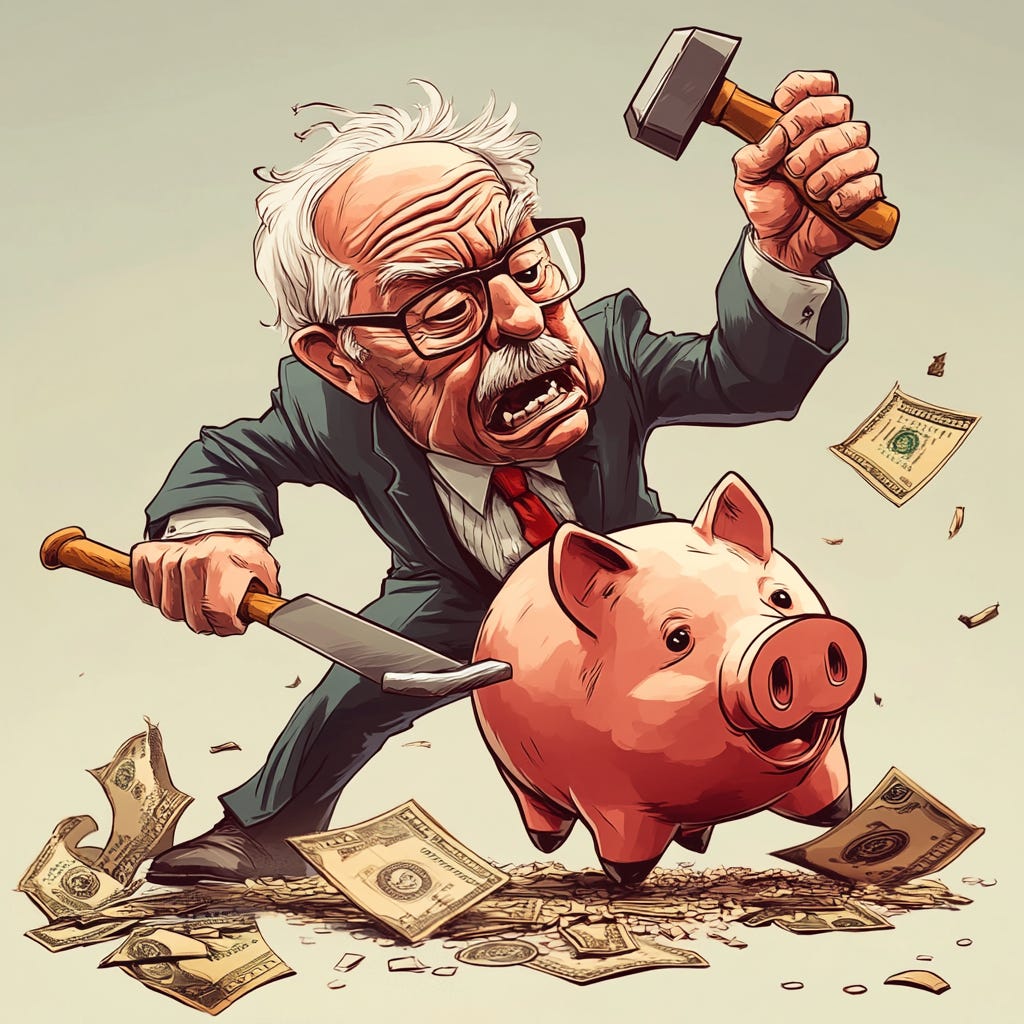Understanding Fiscal Policy: Liberals' Approach to National Debt vs. Conservative Principles
Fiscal policy is a crucial aspect of a nation's economic strategy, influencing everything from public services to economic stability. In the ongoing debate over how to manage the national debt and economic stimulus, differing philosophies often come into play. On one side, many liberals advocate for increasing the national debt through stimulus spending, while conservatives typically argue for a more fiscally conservative approach. This article explores why liberals tend to favor stimulus spending and the potential long-term benefits of a fiscally conservative strategy.
Why Liberals Favor Stimulus Spending
Liberals often support increasing the national debt through stimulus spending for several reasons, rooted in their economic and social philosophies:
1. Economic Stimulus and Growth: Liberals believe that government spending can jumpstart economic growth, particularly during recessions or periods of slow growth. By injecting money into the economy, the government can stimulate demand for goods and services, leading to job creation and economic expansion. This approach is grounded in Keynesian economics, which posits that active government intervention is necessary to smooth out the business cycle.
2. Addressing Inequality: Many liberals view stimulus spending as a tool to address economic inequality. By funding social programs, infrastructure projects, and other public services, they aim to create a more equitable society. This includes investing in education, healthcare, and housing, which they believe will improve the quality of life for disadvantaged populations and reduce systemic inequalities.
3. Public Investment: Liberals often argue that investing in public infrastructure and services can yield long-term economic benefits. They see government spending on projects like roads, bridges, and renewable energy as not just immediate economic boosts but as investments in future productivity and sustainability.
4. Counteracting Economic Downturns: In times of economic crisis, such as during the 2008 financial meltdown or the COVID-19 pandemic, liberals advocate for increased government spending to provide immediate relief and stabilize the economy. They argue that without such interventions, economic downturns could lead to prolonged unemployment and social distress.
The Case for Fiscal Conservatism
In contrast, fiscal conservatives argue for a more restrained approach to government spending and national debt. Their perspective is based on several key principles:
1. Long-Term Debt Sustainability: Fiscal conservatives emphasize the importance of managing the national debt to ensure long-term economic stability. They argue that excessive borrowing can lead to higher interest payments, crowding out private investment, and creating economic instability. By maintaining a balanced budget or running budget surpluses, they believe the country can avoid these negative consequences.
2. Encouraging Private Sector Growth: Conservatives often believe that lower taxes and reduced government intervention can spur private sector investment and innovation. By minimizing government spending, they argue that businesses and individuals will have more resources to invest in growth and job creation.
3. Avoiding Inflation: Increased government spending, particularly if funded through debt, can lead to inflationary pressures. Conservatives worry that too much stimulus spending can devalue the currency and erode purchasing power, leading to higher prices for consumers and potential economic instability.
4. Promoting Fiscal Discipline: Conservatives advocate for fiscal discipline, emphasizing that responsible budgeting and spending are essential for long-term economic health. They argue that continuous reliance on government bailouts and stimulus measures undermines this discipline and sets a dangerous precedent for future economic policy.
Balancing the Approaches: A Middle Path?
While the debate between liberal and conservative fiscal policies often appears polarized, there are merits to both approaches. The challenge lies in finding a balance that promotes economic growth while ensuring long-term fiscal stability. Here’s how a balanced approach might work:
1. Targeted Stimulus: Instead of broad-based stimulus spending, a targeted approach could focus on specific areas where investment is most needed, such as infrastructure repairs or support for emerging industries. This can maximize the economic impact while mitigating the risk of excessive debt accumulation.
2. Debt Management Strategies: Implementing strategies to manage and reduce national debt over time can help address concerns about long-term sustainability. This might include measures to increase revenue through tax reforms or cut unnecessary expenditures.
3. Investment in Growth: Both liberals and conservatives can agree on the importance of investing in areas that promote long-term economic growth, such as education, technology, and infrastructure. By focusing on investments that enhance productivity and competitiveness, policymakers can achieve economic benefits while maintaining fiscal discipline.
4. Economic Flexibility: Policymakers need to be flexible and responsive to changing economic conditions. While conservative principles of fiscal responsibility are important, there may be times when strategic stimulus spending is necessary to address immediate challenges. Conversely, during periods of economic stability, maintaining a focus on fiscal discipline can be crucial.
The debate over national debt and stimulus spending reflects broader differences in economic philosophy and priorities. Liberals often support increased government spending as a means to stimulate growth and address social issues, while conservatives advocate for fiscal restraint to ensure long-term economic stability. Finding a balance between these approaches can be challenging, but it is essential for creating a sustainable and prosperous economic future.
Ultimately, the effectiveness of any fiscal policy depends on its ability to address current needs while preparing for future challenges. By understanding the rationale behind different perspectives and seeking common ground, policymakers can work towards solutions that support both economic growth and fiscal responsibility.


